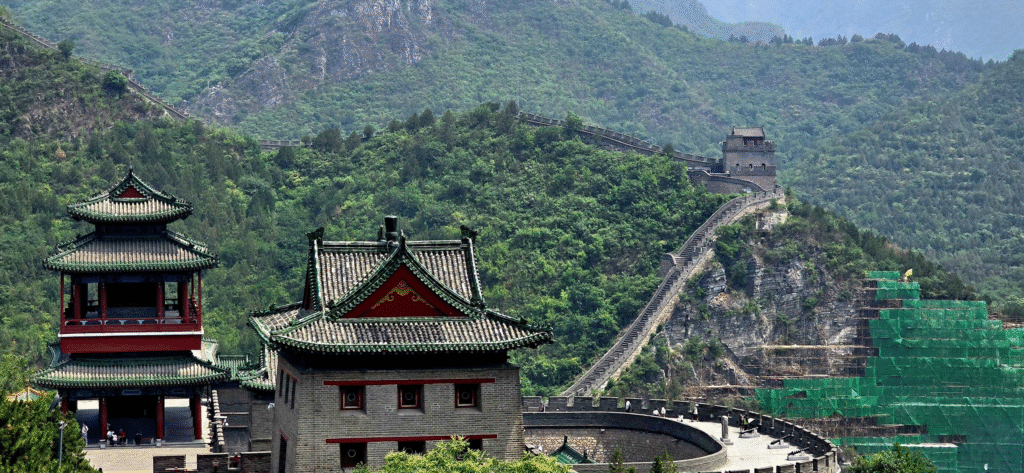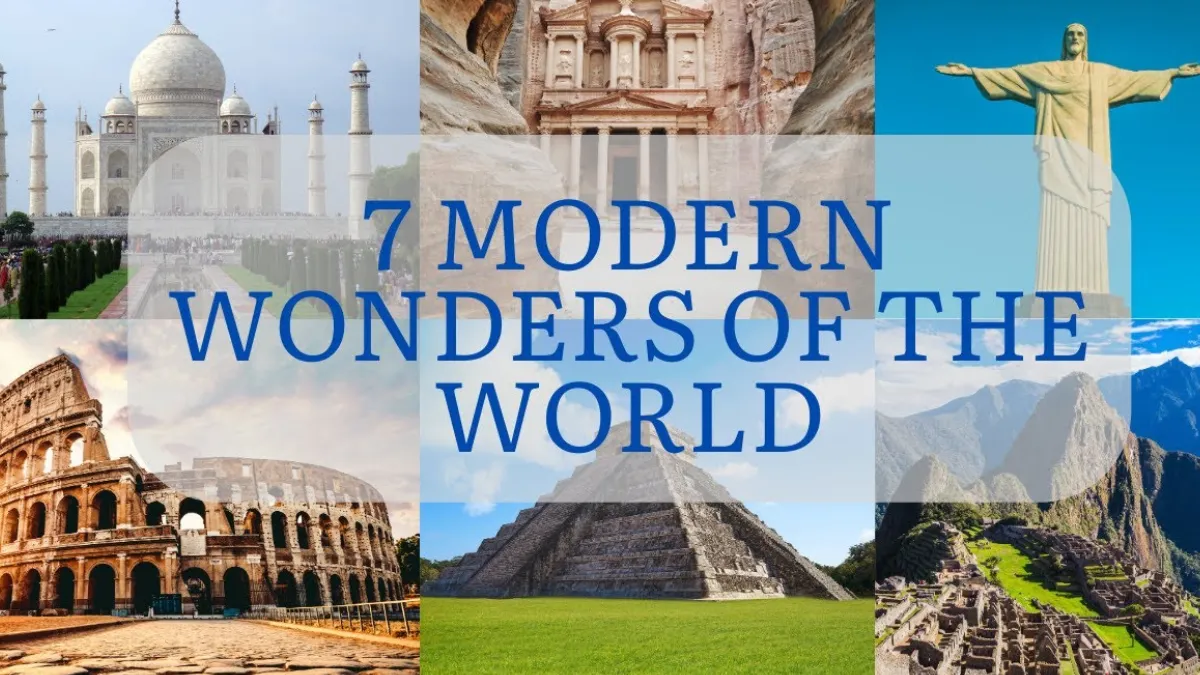Wonders of the World have long captured the imagination of travelers, historians, architects, and dreamers alike. From the towering pyramids of Egypt to the mystical ruins of Machu Picchu, each wonder speaks of a time, a culture, and a story that transcends generations. This journey through the timeless marvels of the world is not just about visiting monuments—it’s about experiencing the heartbeat of civilizations that shaped human history.
Wonders of the World: The Concept of Wonders
The idea of the Seven Wonders began with the ancient Greeks, who curated a list of architectural marvels around the Mediterranean. Today, the modern list of the Seven Wonders of the World includes structures chosen through global polls and cultural significance. These include:
- The Great Wall of China (China)
- Petra (Jordan)
- Christ the Redeemer (Brazil)
- Machu Picchu (Peru)
- Chichén Itzá (Mexico)
- The Roman Colosseum (Italy)
- The Taj Mahal (India)
Each of these landmarks holds stories of ingenuity, devotion, conquest, and mystery. Let’s explore them in detail.
The Great Wall of China: A Serpent of Stone

Stretching over 13,000 miles, the Great Wall was built to protect China from northern invasions. Walking along its ridges, one can almost hear the echo of ancient guards and feel the effort it took to erect this wonder. Its watchtowers, stone steps, and undulating paths are a testament to China’s military history and architectural prowess.
Wonders of the World: Petra- The Rose-Red City Half as Old as Time
Hidden in the deserts of Jordan, Petra was once a thriving trading hub. Carved into pink sandstone cliffs, its grand temples, tombs, and the famous Treasury entrance are mesmerizing. Wandering through the Siq, a narrow gorge that opens into Petra, feels like stepping into a lost world.
Christ the Redeemer: A Symbol Above the Clouds
Standing 98 feet tall atop Mount Corcovado in Rio de Janeiro, Christ the Redeemer overlooks the city with open arms. This modern wonder is not just a religious symbol but a cultural icon that captures Brazil’s spirit. Sunset views from the peak offer breathtaking panoramas.
Machu Picchu: Lost City of the Incas
Nestled high in the Andes Mountains, Machu Picchu is a marvel of Incan engineering. Believed to be a royal retreat, it remained hidden from the world until its rediscovery in 1911. Its terraces, temples, and panoramic vistas continue to awe visitors and scholars alike.
Chichén Itzá: Echoes of the Maya
In the Yucatán Peninsula of Mexico, Chichén Itzá was once a powerful Mayan city. The Temple of Kukulcán, with its precise alignment to astronomical events, showcases the Mayans’ advanced knowledge. Visiting during the equinox reveals a serpent-shaped shadow climbing the pyramid’s steps.
The Roman Colosseum: Gladiator Glory

Rome’s Colosseum is a relic of entertainment, blood, and imperial grandeur. This amphitheater once held up to 50,000 spectators who cheered gladiator battles and theatrical performances. Today, it stands as a reminder of Rome’s architectural genius and societal complexity.
The Taj Mahal: A Monument of Eternal Love
Commissioned by Mughal Emperor Shah Jahan in memory of his wife Mumtaz Mahal, the Taj Mahal in Agra is a marvel of symmetry, white marble, and intricate inlays. Visiting at dawn or dusk, when the monument glows under shifting skies, is a truly poetic experience.
Cultural Significance Beyond Beauty
These wonders are not just visual spectacles. They embody cultural resilience, historical transitions, and the human desire to build legacies. Each visit encourages travelers to learn, respect, and reflect upon our shared global heritage.
Planning Your Wonder-Filled Journey
Traveling to these destinations requires thoughtful planning. Consider:
- Timing: Many wonders are best visited in shoulder seasons to avoid crowds.
- Local Etiquette: Respecting cultural norms enhances your experience.
- Sustainability: Support local guides, eco-friendly lodging, and preservation efforts.
FAQs
Q1: Can I visit all Seven Wonders in one trip? A1: It’s possible but logistically challenging. It’s better to plan separate trips based on continents or regions.
Q2: Are the Seven Wonders safe for tourists? A2: Most are in well-established tourist areas, but always check travel advisories.
Q3: Which wonder is best for families? A3: The Colosseum and the Great Wall are great for educational family trips.
Q4: Are these wonders accessible for elderly travelers? A4: Some wonder, like the Taj Mahal and Christ the Redeemer, are more accessible than others like Machu Picchu.
Q5: Is there an entrance fee to visit the wonders? A5: Yes, most have entrance fees, often with discounts for locals, students, and children.
Also Read: Whispers In The Snow: Discovering Tranquility In Winter’s Embrace
Conclusion
Wonders of the World are more than just travel destinations—they’re immersive stories told through stone, sand, and soul. They remind us of humanity’s highest achievements and deepest yearnings. Whether you’re a seasoned globetrotter or planning your first adventure, walking the paths of these marvels will leave footprints not just on the earth, but on your spirit.





